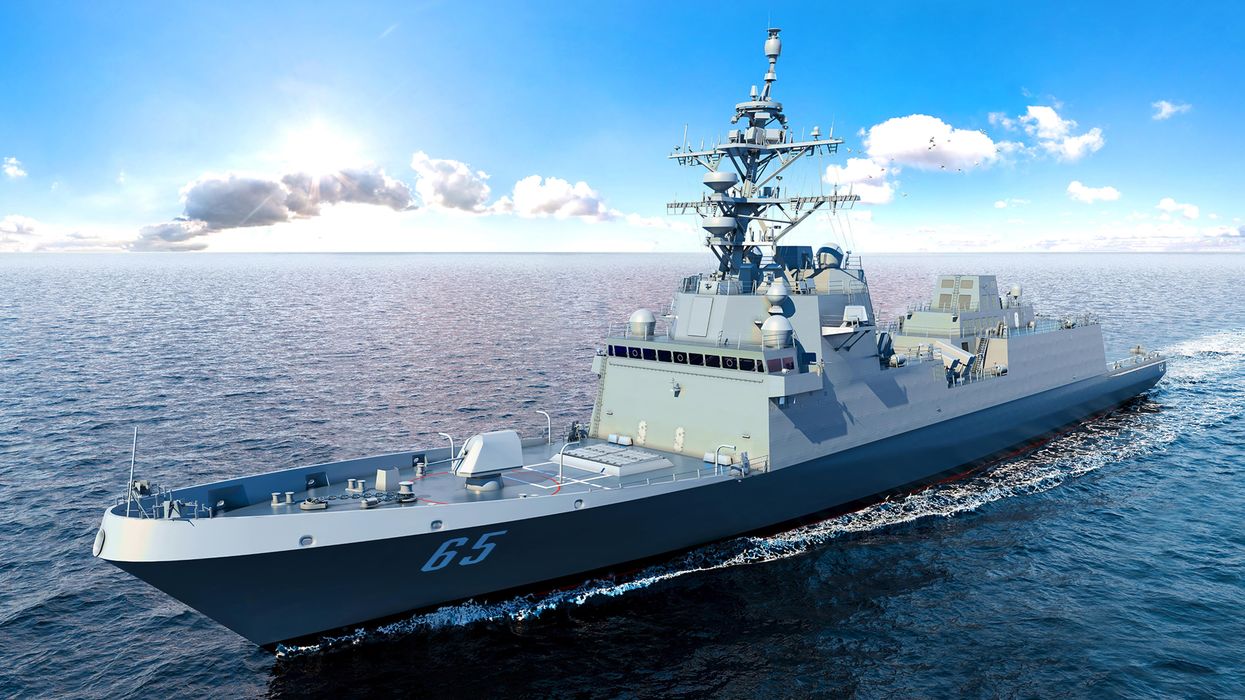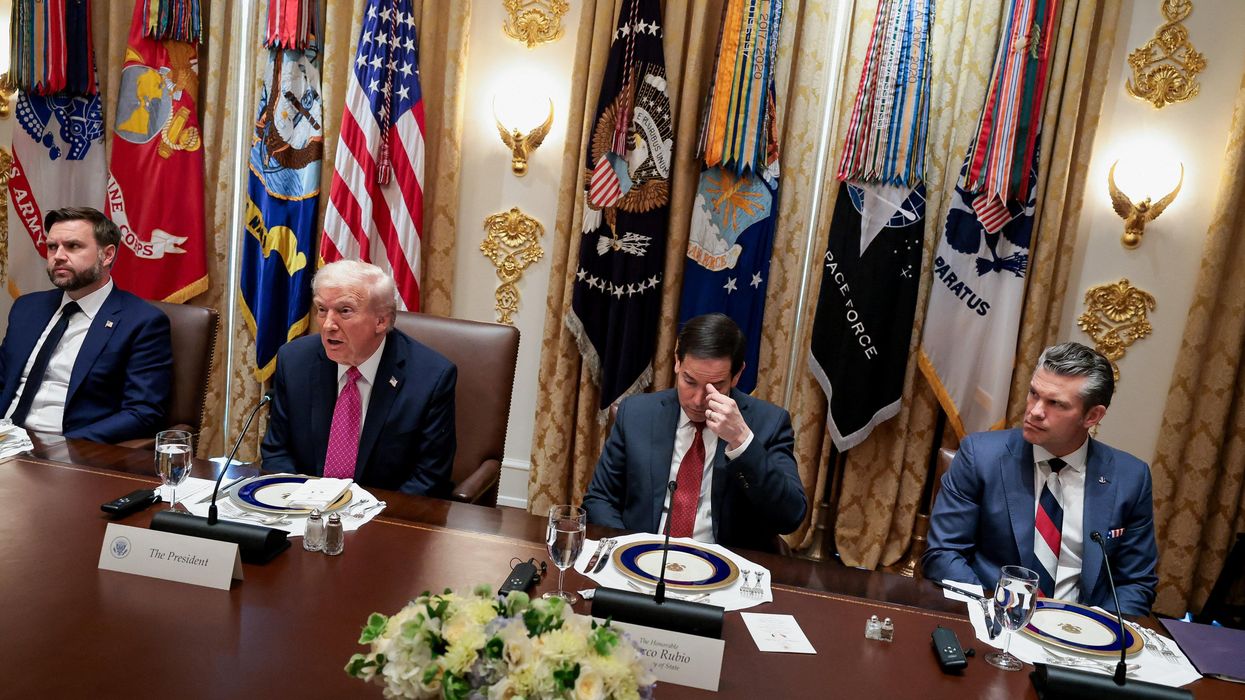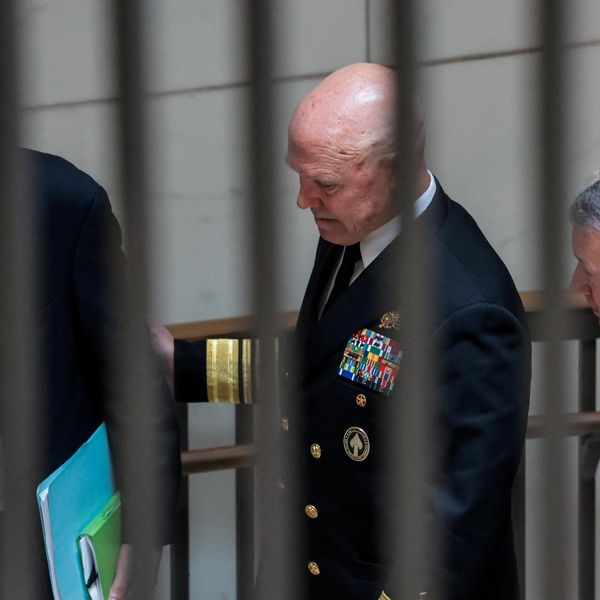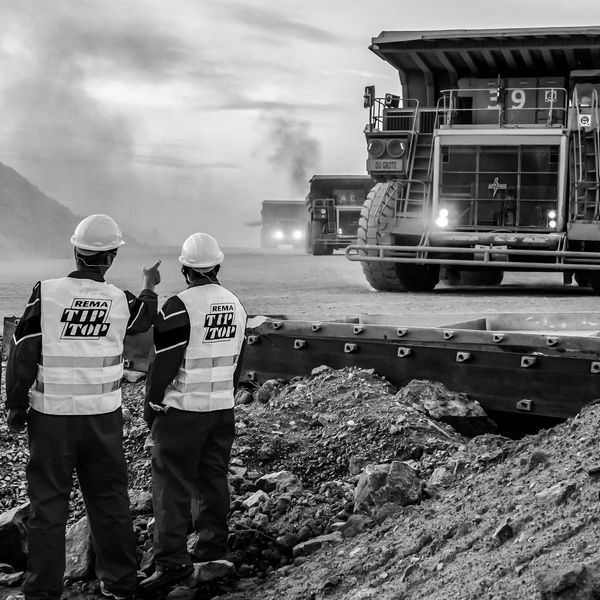The worst humanitarian catastrophe of the Syrian war may be about to unfold. On 28 January, forces loyal to Bashar al-Assad’s regime captured densely populated centres south of Idlib, capital of the north-western province of the same name that is the rebellion’s last redoubt. Russia aided the regime forces’ advance with brutal aerial bombardment. As the number of civilian casualties grows, vehicles packed with Syrians – some of them already displaced twice or thrice from other parts of the country – are streaming toward the Turkish border. Should Assad greenlight an all-out offensive to retake the entirety of Idlib, and Russia give it air support, the rebels will likely be unable to stop it. But such a step would be exceptionally costly for all parties. It would cause a bloodbath, as well as a new and unprecedented wave of northward displacement. Moreover, it would risk a serious confrontation between the regime and Russia, on one side, and Turkey, on the other. All parties ought to reach an immediate ceasefire before regime forces push any further into residential areas.
The regime and Russia have pursued Idlib’s conquest in increments. On 29 April 2019, they launched what Russian officials described at the time as a “limited” offensive geared toward pushing back rebel fighters from their positions in northern Hama and southern Idlib provinces. In off-and-on combat over the past nine months, the Syrian army and Russian fighter jets have forced rebels from strategic positions along key roads with the apparent interim objective of encircling and seizing the area’s larger cities.
The regime’s assault has exacted a terrible human toll. Extensive Russian airpower, which compensates for the regime’s weakness on the ground, has been particularly destructive. Air and artillery strikes have destroyed hospitals, bakeries, schools and other vital infrastructure, on purpose, as a way to demoralise and uproot Idlib’s civilian population and undermine its civilian administration. The onslaught on villages and towns such as Qalaat al-Madiq, Kafr Nabuda, Khan Sheikhoun and Maaret al-Numan, which the regime subsequently seized, prompted the local population to flee northward. Other targeted areas, such as Saraqeb or Ariha, which the regime has yet to enter, are nearly empty due to heavy shelling and residents’ fear of a vengeful regime’s return. According to the Office of the UN High Commissioner for Human Rights, at least 1,500 civilians have been killed in these strikes since the end of April 2019, while hundreds of thousands have been displaced and 53 medical facilities levelled.
Yet despite their heavy investment, and the human cost, the regime and its Russian backers can boast of only limited military progress. During the offensive’s nine months, the regime has captured only the province’s outer ring, about 25 per cent of all rebel-held territories. The narrow achievement suggests that any attempt to take the rest of the province would require a significant military escalation, one that would almost certainly be much more lethal.
Damascus’s uncompromising rhetoric vis-à-vis the rebels – stating it will not talk to “terrorists” – and its bloody dispatch of past opponents make it hard to conceive of a peaceful middle ground in settling the fate of the province and its inhabitants. The regime is fighting an array of battle-hardened rebel groups embedded in a population that for the most part is also deeply antagonistic. Idlib has long been the destination for civilians and rebel fighters who either fled regime offensives elsewhere in Syria or were displaced there in the course of “reconciliation deals” – negotiated surrenders of rebel areas under regime siege. More than three million people now live in the province, which is heavily agrarian. The overwhelming majority are civilians, but there are also thousands of fighters in jihadist and other armed opposition factions. For the many rebels who lost battles elsewhere in Syria, capitulating to the regime in Idlib, their last stronghold, is hardly an option. The regime, in any case, deems the fighters who chose passage to Idlib over the “reconciliation deals” to be “irreconcilable”, suggesting that it will entertain no such bargain this time.
In addition to the risks of causing a humanitarian tragedy, the situation in Idlib could dangerously heighten tensions between Russia and Turkey. It has already triggered a confrontation between Turkish and Syrian regime forces that could escalate further. For Turkey, the stakes are high. It has around 12,000 troops deployed in twelve outposts in Idlib province and its immediate surroundings. An offensive that would precipitate a new wave of refugees, possibly with fleeing jihadists mixed in, would destabilise Turkish-controlled areas north of Aleppo or, worse in Ankara’s eyes, Turkish territory, where President Recep Tayyip Erdogan already struggles with public discontent over the current number of refugees (estimated at 3.5 million). Turkey also has a political interest in maintaining influence in rebel-held Idlib, as that could give it a bigger say in talks over Syria’s future and the ability to contain the area’s problems within Syria’s borders.
As Turkey sees it, Moscow may have overreached with the latest offensive in Idlib. On 31 January, Turkey’s National Security Council, chaired by Erdogan, issued a statement declaring that “Turkey will now take extraordinary measures in Idlib … to protect civilians”. Subsequently, Turkey sent significant reinforcements to the rebels and to its own observation posts in Idlib, including a large number of battle tanks and armoured vehicles, as well as allied Syrian fighters from parts of western Aleppo it controls. This support enabled the rebels to launch a counter-offensive against regime forces north east of Aleppo city on 2 February. By opening this new front, Turkey appears to be trying to weaken the Syrian Arab Army by compelling it to divide its forces and thus to slow its advance. While Ankara is aware that the assistance it provides to rebels cannot possibly counter-balance Russian airpower, it appears to be signalling to Moscow that it can drive up the cost of a regime offensive. On 5 February, Erdogan ramped up the rhetoric, threatening military action against regime forces if they fail to withdraw to previous positions by the end of the month. His words were no idle chatter: according to Ankara, dozens of Syrian soldiers were killed by its artillery, which targeted over fifty sites across Idlib province. As a result, the risk of more serious Turkish-Syrian confrontation, or even a Turkish-Russian one, is rising.
To prevent such a scenario, and to save civilian lives, all stakeholders should agree to an immediate ceasefire before the regime advances further toward Idlib city. The offensive’ continuation would push more Syrians toward, and possibly across, the Turkish border or into other parts of Turkish-controlled northern Syria, likely destabilising these locales. Jihadist fighters might scatter across Syria and beyond, taking their ideology and methods to Turkey or their home countries, including Russia. The cost of an all-out offensive could be high in terms of regime manpower as well. The rebels’ strength and familiarity with Idlib’s rugged terrain will play to the regime’s immediate disadvantage and leave it more vulnerable to enduring insurgency in Idlib and elsewhere. Already, Damascus is struggling to contain both mounting insurgencies in formerly opposition-held areas in the south and an ISIS resurgence in the east. Considering the attrition that regime forces would suffer in Idlib, and the risk that militants might slip away into other provinces, “success” in Idlib could threaten Damascus’s capacity to maintain control across the full expanse of its territory. In sum, the regime and its Russian backer could end up with what would rightly be termed a catastrophic military victory.
Instead of fuelling the conflict further in this direction, Russia would be better served by halting fire in Idlib while curbing the regime’s desire to press ahead. But the lesson of the past several months is that a ceasefire will not suffice; at some point down the line, Moscow and Damascus will complain that jihadists have not been brought to heel and will resume their offensive to retake territory. To avoid repetition of this scenario, Russia ought to engage in more substantive talks with Turkey and the U.S. to ensure that the ceasefire agreement includes all rebel groups operating in Idlib, including notably Hei’at Tahrir al-Sham (HTS). How to engage them is the topic of a forthcoming Crisis Group briefing. But the bottom line is that, beyond the enormous human cost, any effort to destroy HTS by force of arms is likely to splinter it and make it harder to contain. The alternative is difficult and controversial. But it is necessary and, in the longer run, far less costly.
This article has been republished with permission from the International Crisis Group.
















